Find out everything you need to plan for before embarking on your African safari!
This post contains affiliate links for which Expedition Wildlife may receive a commission (where applicable) at no additional cost to you.
There are a LOT of considerations to make when you’re planning out your African safari trip.
Here’s everything we took care of ahead of our trip to Tanzania, allowing a smooth and successful journey.
Get the right African Safari Guide
Choosing the right guide for your trip is an important step!
Your guide can make or break your trip, so don’t compromise on this one.
The operator you choose should give you all the information you’ll need to adequately plan for your trip and make it a fun and safe one.
We had the most incredible trip with The Wild Source. Their ethical values working with wildlife, top-notch guides, and the way they give back to the local communities sold us easily from the beginning.
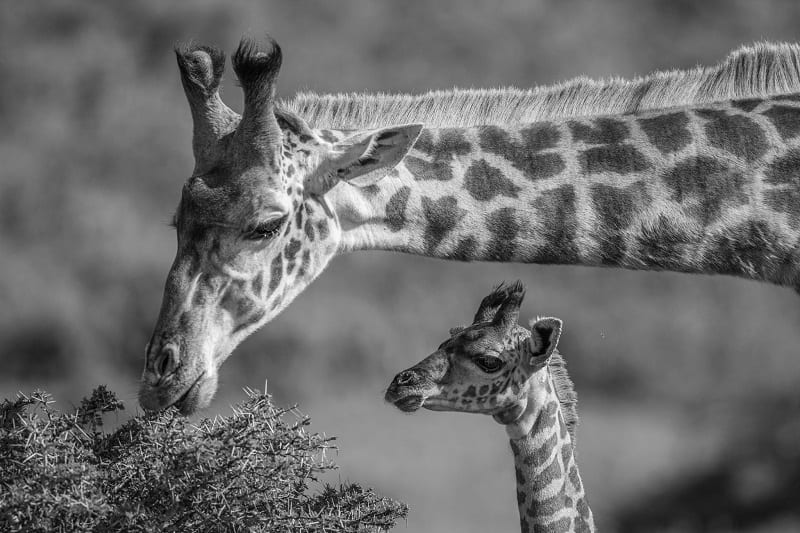
Going with the right guide means seeing incredible sights, such as this one. Photo by Nathan Rolls
READ NEXT | Ethical Safari Guide Selection Checklist
Book your flights as soon as possible
Depending on where you’re flying to, certain destinations offer better deals on flights if you transfer through a certain location. On our way to Tanzania, going through Doha, Qatar allowed us the best price on flights – be flexible where you travel through.
Plus, if you book well ahead of time, you might just get a deal on flights.
Get your Passport and Visa
Passport
Your passport expiration date has to be at least six months after your anticipated return date.
The country you’re visiting will want to make sure if you extend your trip that you’ll still have a valid passport.
If your passport will be close to that six-month buffer timeframe, consider getting a new passport for your trip just in case. Planned or unplanned circumstances to extend your trip may happen, so eliminate your passport expiration as a worry ahead of time.
Make sure there are plenty of open pages in your passport for entry and exit stamps.
You’ll have your passport stamped multiple times, particularly if you are flying into and out of other airports, are crossing over borders, or are even taking small hopper flights in-country. Make sure there are plenty of open pages in your passport for these stamps.
Visa
Every country in Africa has different visa requirements for different visiting nations.
Most will allow you to obtain a visa on arrival, though, some, including Kenya and Uganda, require you to obtain one ahead of time.
Visit the immigration page of the country you wish to visit for more information!
On our visit to Tanzania, we purchased a Visa ahead of time to know for sure we wouldn’t have to think about it on arrival. Plenty of people on our flight opted to get one on arrival, though, so it’s do-able.
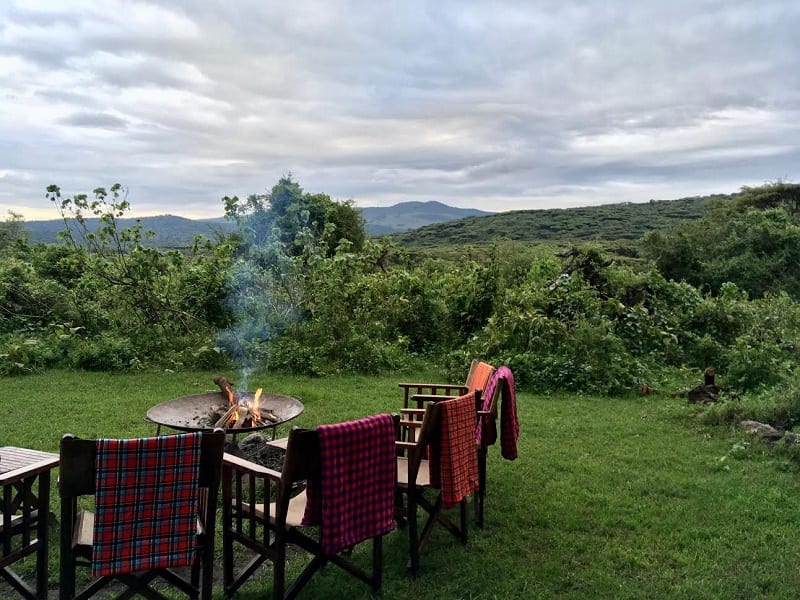
After exploring all sorts of landscapes and wildlife by day on your African safari, by evening kick back by the bush tv. Photo by Christa Rolls
Get Comprehensive Travel Insurance
Travel insurance is a must for any international trip you take, especially if you are planning to go on safari.
African safari trips are expensive, and you want to make sure you’re covered if something goes wrong.
Most safari companies also require their clients to obtain comprehensive travel insurance before their trip.
Travel insurance can save you if you have unanticipated medical expenses along the way, need emergency evacuation, your luggage is lost or delayed, your trip is canceled or portions of your trip are interrupted in any way, and more.
Add any nonrefundable travel to your plan, especially airline tickets. Most insurance companies require you to purchase insurance within two weeks of purchasing nonrefundable travel.
Always bring paper copies of your travel insurance with you. Along with this, print your itinerary, points of contact at your accommodation or local guides, and embassy and consulate contacts.
Our travel insurance recommendation
We always use Travel Insured International. They work well with our insurance company, USAA, and we’ve never had issues getting matters tended to quickly and easily while on our trips. You can use their calculator to estimate how much comprehensive insurance would cost you given the trip you’re taking.
We spent around $500 on travel insurance total, but given how expensive our trip was, this was absolutely worth it. Thankfully, we didn’t run into any issues, but there’s always that possibility.
Get the Necessary and Required Vaccinations
Some countries require proof of certain vaccinations, especially basics like Hep A, MMR, Tetanus, and Typhoid. Print and bring along your vaccination records.
This is especially important if you are coming from a country with a history or recent outbreak of certain communicable diseases or if you are traveling through that country on your way to the visiting destination.
Many places also now require a medical card showing proof of vaccination of Yellow Fever. However, the requirements for this will change often. Given this, consult your doctor!
Consult a medical professional about what you need
ALWAYS consult a medical professional about what vaccinations and medications you’ll need or can bring along with you on your trip.
The CDC has updated information about this, but a trained professional will be up to date on what you’ll need. They also have your health records and know what you are most likely to react to negatively.
Our doctor provided us with Malaria pills, anti-diarrhea pills, and antibiotics.
Get over the counter meds and any personal medical needs
We brought over the counter medications, such as Tylenol, Dramamine, Claritin, and Pepcid AC.
Note that Benadryl is considered a controlled substance in some countries, including Zambia.
I have Leiden Factor V, meaning I’m more prone to getting blood clots. While I don’t have to take blood thinners anymore, I do have to take aspirin and wear compression socks on longer trips.
If you are prone to leg discomfort or have issues with blood circulation, don’t forget compression socks! They can be difficult to find en route.
Plan your Packing Scheme
Always pack light
Your guide should provide for you the anticipated gear you need based on your destination, the activities you’ll be doing, and the time of year you’re visiting.
Plan your packing scheme around your most restrictive flight
All airlines are different, but a general rule of thumb is to use a soft-sided duffel bag where the strap detaches from the main bag and can be stuffed in a side pocket.
We each had a backpack for our carry on and a duffel for our checked luggage.
If you know you’re taking a bush plane, see what the luggage weight restrictions are for the country you’re traveling to or within.
In Tanzania, the weight limit for bush planes is a mere 33 lbs per person. With all the camera and filming gear we brought, this was a feat to meet these limits.
You can pay a couple of hundred extra dollars per person to double that weight limit, but in general, less is better anyway.
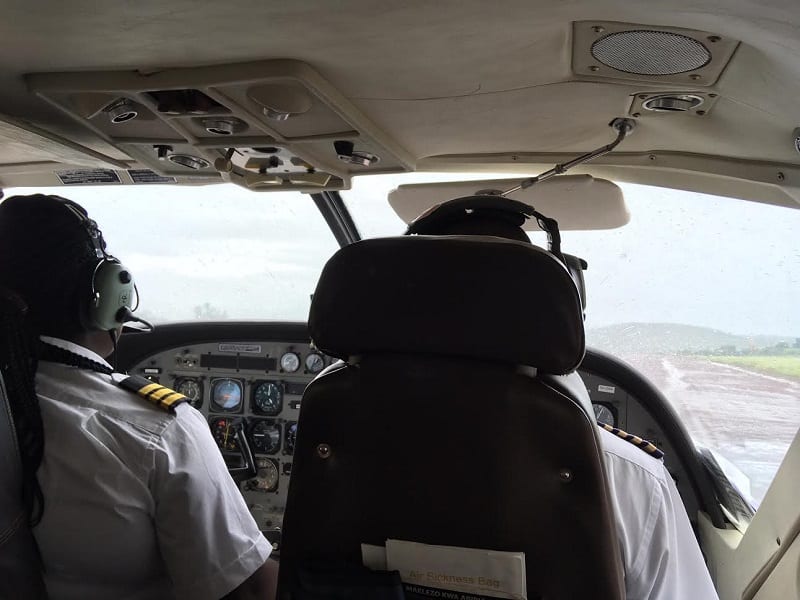
As you can see, bush planes are small. They typically fit around 12 people and there isn’t a ton of luggage space! Photo by Christa Rolls
Camp-specific Considerations
Some camps can’t accommodate high voltage items like shavers or blow dryers
Anticipate not having these some days during your trip! Bring whatever you need to make yourself more comfortable without these items. We brought a hat and bandanas to wear.
Most camps will offer insect repellent
Bringing a small bottle or even a citronella soap for washing isn’t a bad idea. Inquire with your tour guide to see whether the camps provide these items.
Trek-specific gear items may be required
Items like garden gloves may be required for gorilla trekking. Inquire with your guide if this is something you’re doing on your trip and whether it will be provided.
Most camps will provide night torches
We brought a headlamp, which was useful in camp if we ever needed it. Also, you won’t be wandering around the bush at night, at least not without an armed guard.
Laundry services are available at many camps
Bringing lots of clothes is rarely necessary. If where you’re staying doesn’t offer laundry service, we suggest getting some soap suds to wash your clothes in the sink and bringing along a clothesline to air dry your clothes.
In fact, bring what you need to clean your undergarments, as these will not be laundered for you.
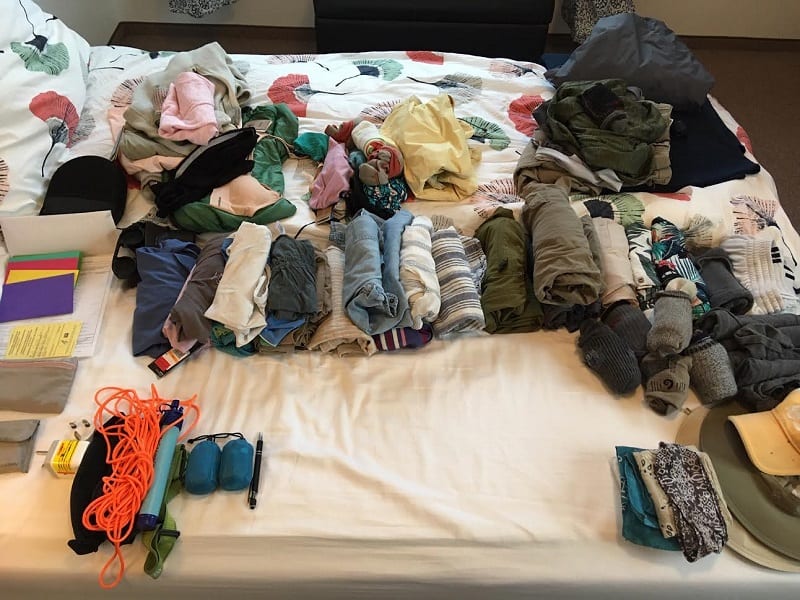
When you look at it all laid out, it doesn’t seem like much for a long trip. But it will get you through!! And you’ll be grateful that you didn’t bring so much stuff along with you. Photo by Christa Rolls
Clothes Packing List
We brought a limited amount of clothing since we had laundry included in our trip. We still brought suds and a clothesline just in case we wanted to wash socks or underwear.
Bring neutral colored clothing to avoid biting insects and to SEE if you have things on you, like ticks or ants. Embrace the safari. Wear the safari gear.
Note “wicking” means the material isn’t full cotton, dry clean, or anything that takes a long time to dry. Not everywhere in Africa is hot all the time and if you have to air dry everything, it’ll take forever.
- Wicking short-sleeved shirts (x2) – for her, for him
- Comfortable camp shirts (x2)
- Wicking long-sleeved shirts (x2) – for her, for him
- Fleece or jacket
- Wicking pants, one with zip-off to shorts and one without (2 pairs) – for her, for him
- Camp shorts (Nathan) and long, comfortable skirt (Christa) for dinner
- Hiking socks (5 pairs) – socks for her, socks for him
- Wicking underwear (5 pairs)
- Sports bras (x2)
- Hiking shoes (1 pair)
- Sandals or camp shoes (1 pair)
- Raincoat (her), Raincoat (him)
- Sleep clothes (2 sets)
- Bandana and sun hat
If you are going during the destination’s wintertime, bring an extra under layer and a winter hat. It can get cold on any morning in the savannah or bush, especially in game vehicles and if the vehicle doesn’t have doors. While it warms up later in the day, the mornings can be chilly!
Miscellaneous items
The extra items we brought along on our African safari were:
- Hand cleansing wipes and hand sanitizer
- Binoculars – ideally one pair for each person traveling!
- Camera gear. You’ll need LOTS of memory cards!!! And ways to back up your photos along the way. And cleaning supplies to clean your camera. These are all musts.
- Go-Pro – awesome for getting shots while traveling around, in camp, and in vehicle
- Adapters for the country you’re planning to be in
- Water- and dust-resistant bags for camera gear and electronics. Note that Tanzania has now banned the use and importation of plastic bags!
- Travel water bottle. Camps will provide potable water for you, however, it doesn’t hurt to have this while traveling to your end destination!
- You likely won’t see sunscreen at camps, so bring along some for your body, face, and lips.
READ NEXT | Cheetah Hunt: All about cheetah feeding behavior and our cheetah hunt experience!
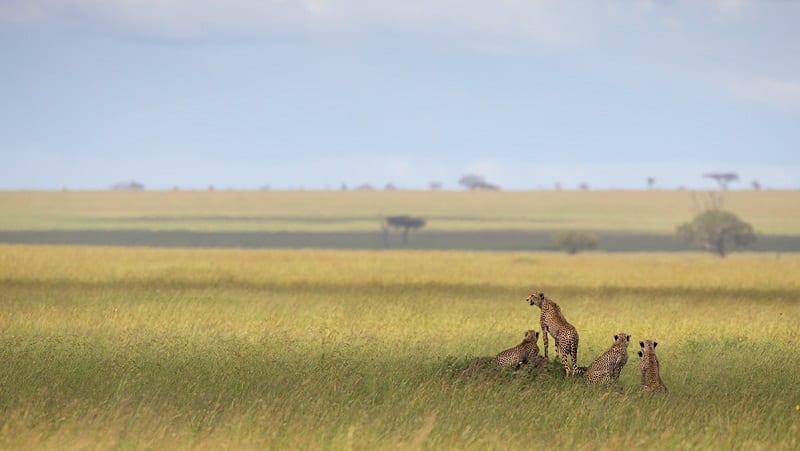
Bring all the memory cards and backup systems! Photo by Nathan Rolls
Money Matters to Plan before you go
We pre-planned out every location we knew we would need to pay during our trip.
Tipping
Why Tip?
Tips are incredibly important to those working on the African safari circuit and make up a good portion of their income.
Often, those working at the camps have to travel far to get back home or are away from their family for long periods of time to tend to the camp. The money given from tips is a great way to say thank you to those who have made your experience special.
Tip based on your satisfaction level!
If you’ve had a wonderful experience, reward the people who’ve made it so.
If you’ve had a bad experience or felt like anyone was harassing you for a tip, you can deny giving a tip.
Tip Amounts
Preferred currency varies based on the country you are traveling to. South Africa, for example, prefers local Rand currency. Kenya prefers the Kenyan schilling. However, depending on where you are staying, some places will accept tips in U.S. dollars or Euro. Inquire within to your guide and the camps at which you’ll be staying.
These are the guidelines we were given for our trip – we followed them, with the exception of giving our guide more since he made our trip the best ever.
- $25-30 per traveler per day
- $10-15 for the guide per traveler per day
- $10 for the camp staff per traveler per day
For Nathan and I, then, we needed to plan to tip $50-60 per day.
We had individual envelopes for each place we stayed with the “staff” amount within. Our guide, Josh, had his own envelope we prepared to give him before leaving Tanzania.
For one night at Lemala Ngorongoro Crater camp, for example, we made an envelope comprising of $20, labeled “Ngorongoro.”
On arrival, it’s nice to give porters $1 for their time and tip around 10% for the meal. The tip is appreciated, even if your meals are fully paid for.
Most camps have a tip box where you can put your envelope and cash within.
This IS something you need to account for when planning the financial aspect of your trip!
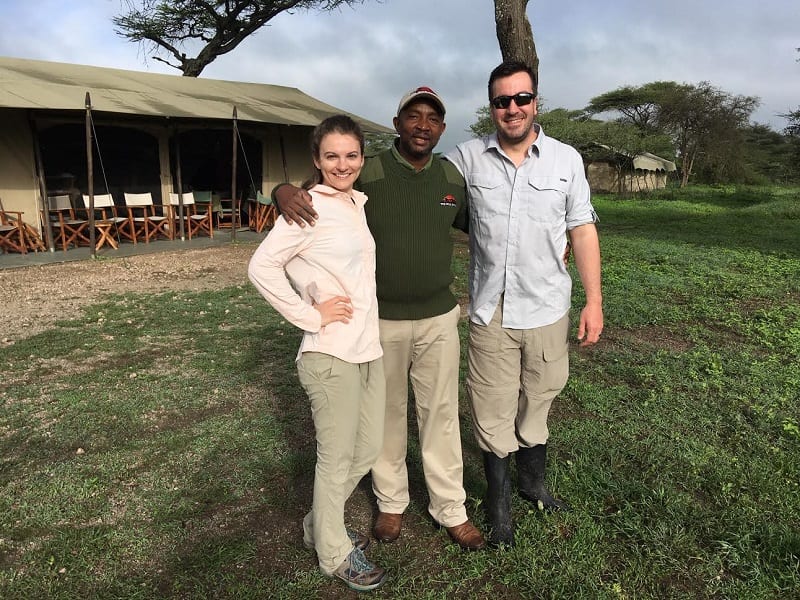
Us together with our wonderful guide, Josh Thadeo! We wouldn’t have had such an incredible experience without him. Photo by Njozi Camp staff
Money Matters
We also brought a few hundred extra dollars as a buffer, just in case we needed it. It was nice to have, as we purchased local crafts and gifts along the way. Our extra cash was in smaller bills (mostly fives and tens).
While it may be disconcerting to travel with this much money, there isn’t an easy way around it unless your tour company offers to add tip to your trip budget plan.
We had no issues with safety during our trip. Having said this, we took precautions by portioning the money into individual envelopes and having them spread undiscernibly between our two carry-on bags.
Robbing is also highly discouraged along the safari circuit, as tourism is how so many people make a living. If customers think they’ll be robbed, they won’t come back. And that’s a big issue for the locals, so they work to ensure the visitors’ safety.
Drone Use on Safari
Unless you have a drone permit from all the locations that require it, forget bringing your drone with you.
Your bag will go through customs when you leave the airport, and if your drone is spotted in there, it’s possible it will be taken. Many countries take their drone laws very seriously, particularly in protected areas and parks.
Consult UAV Coach to see which entities to contact directly for permission and logistics.
Keep in mind, too, that drones should only be used to showcase the scenery and shouldn’t be used to get up-close shots of wildlife.
Read more about using drones ethically around wildlife here.
Safety Considerations
We send our itinerary and plans to our parents so they are aware of where we plan to be and who to contact if there was an issue.
For any of our remote or international trips, we send someone our itinerary. It’s just a precautionary measure, especially if you think you’ll be out of phone range – which in the bush, you probably will be.
Planning everything out well ahead of time before your African safari will allow you to more fully enjoy your journey and the excitement leading up to it.
Are you planning an African safari trip? Anything we missed on our list of considerations? Let us know in the comments!
Happy Travels,
Christa and Nathan
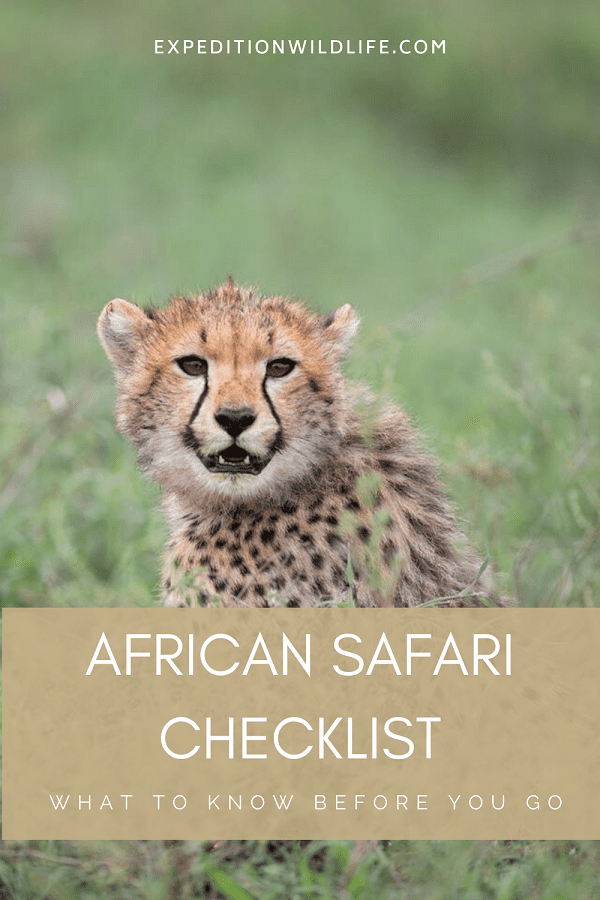

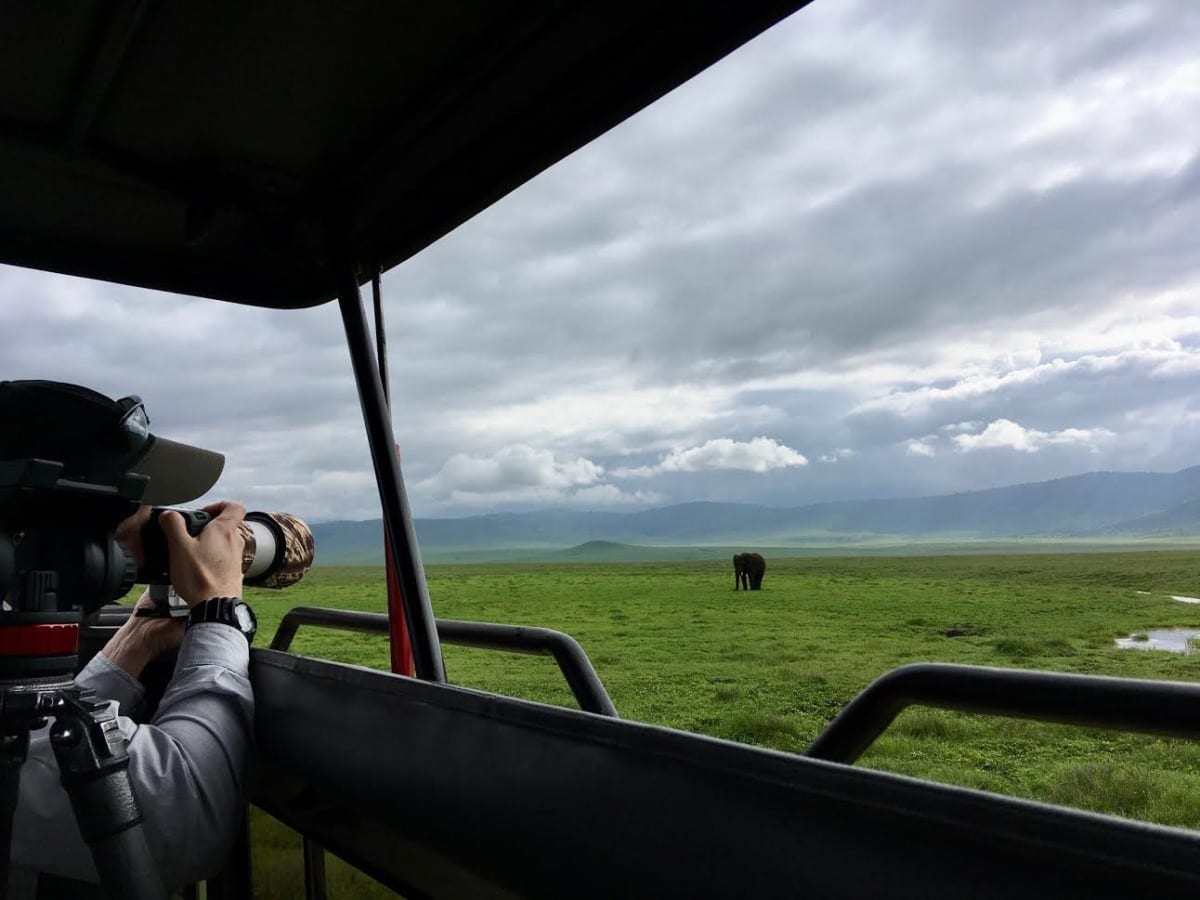
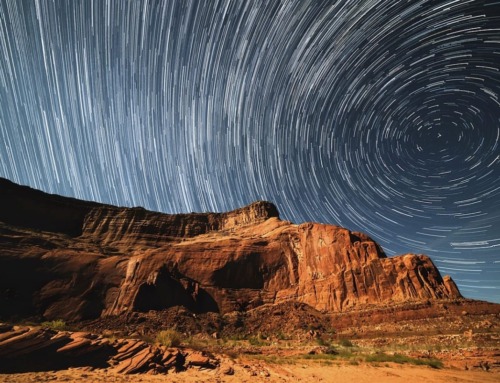

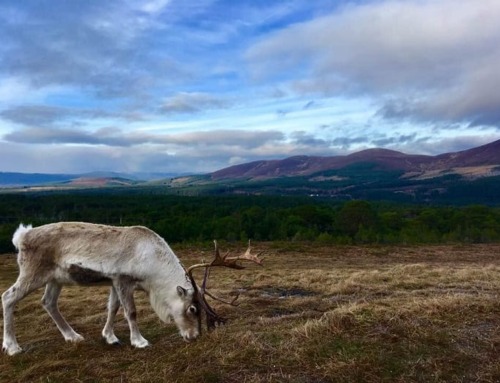
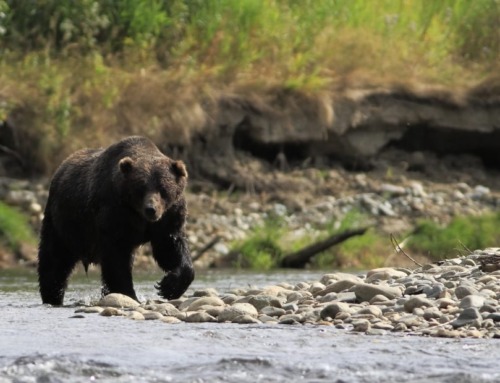
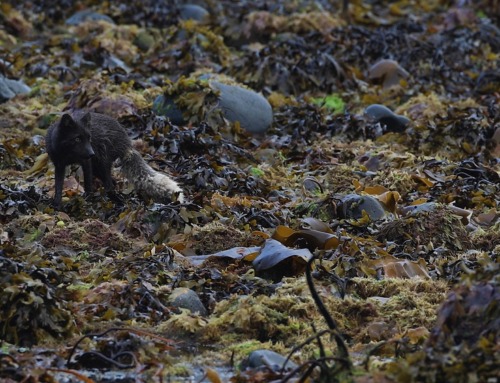
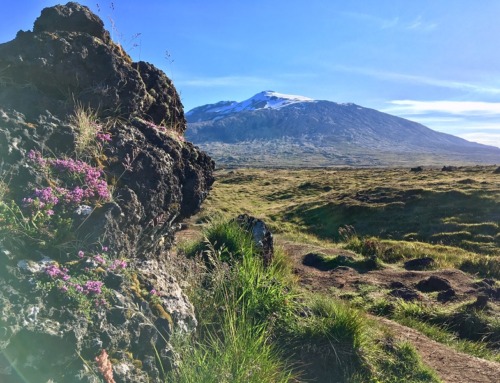
Leave A Comment